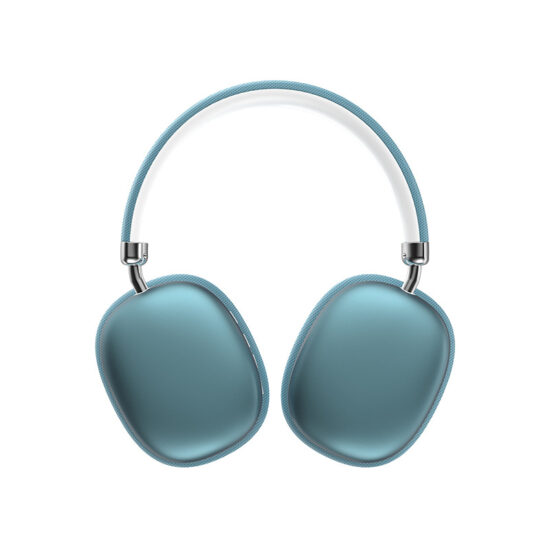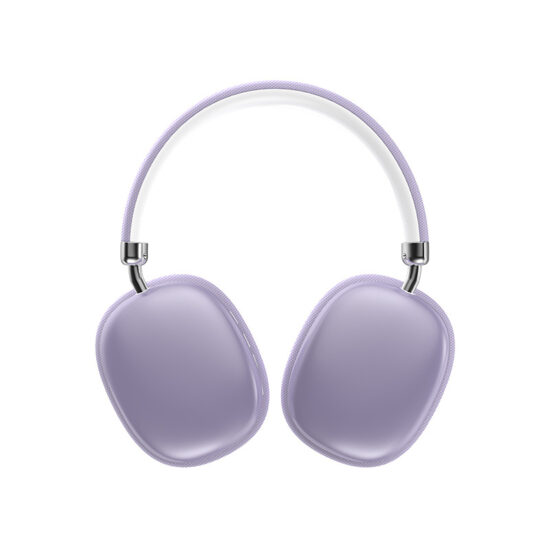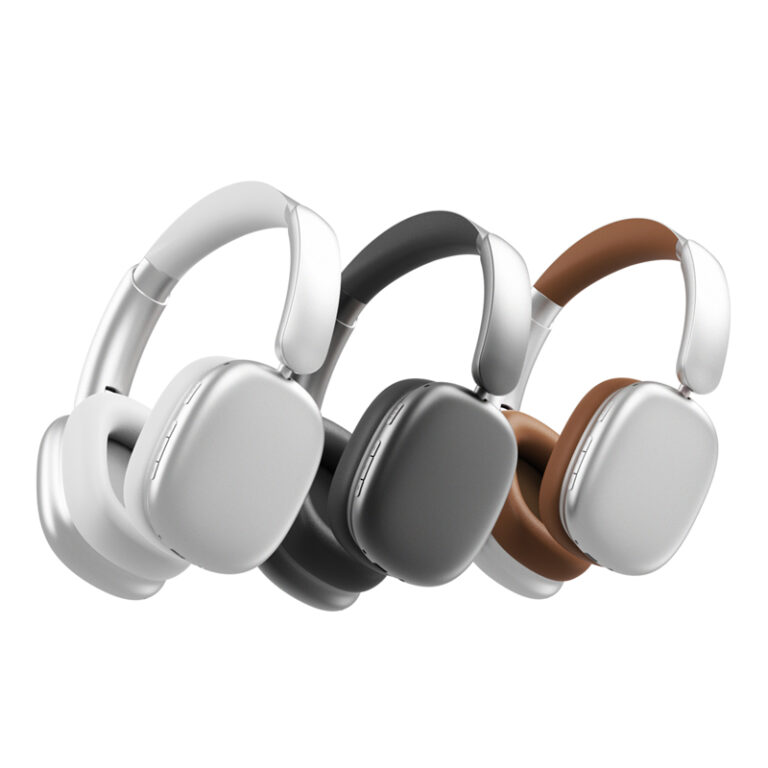jay@nbdho.com
How Headphone Housing Materials Impact Sound Quality
The housing material of headphones plays a crucial role not only in durability and aesthetics but also in sound quality. While many users focus on drivers and electronic components, the choice of housing material significantly influences acoustic performance by affecting resonance, vibration, and sound isolation.
Common headphone housing materials include plastic, metal, wood, and composite materials, each with unique acoustic properties that impact the listening experience.
Plastic is the most widely used material due to its lightweight and cost-effective nature. High-quality plastics can offer decent durability and allow for complex molding shapes, enabling ergonomic designs. However, plastic tends to absorb and dampen sound waves, which can reduce resonance but may also slightly dull the overall sound, especially in the mids and highs. Lower-end plastics might vibrate under high volumes, causing unwanted distortion.
Metal housings, often made from aluminum or stainless steel, provide a premium feel and excellent durability. Metal’s rigidity reduces unwanted vibrations and resonance within the housing, which helps maintain clearer and more accurate sound reproduction. However, metals can introduce their own resonance peaks if not properly dampened, potentially coloring the sound. Manufacturers often add internal damping materials to metal housings to counteract these effects.
Wooden headphone housings are prized for their natural acoustic properties. Wood resonates differently compared to synthetic materials, often adding warmth and richness to the sound signature. Each wood type has distinct tonal characteristics; for example, mahogany tends to produce warmer sounds, while maple can add brightness. Wood also provides excellent sound insulation, reducing external noise interference. However, wooden housings tend to be heavier and require more careful maintenance.
Composite materials such as carbon fiber or fiberglass combine the benefits of other materials. Carbon fiber is lightweight yet incredibly strong, minimizing vibrations while keeping headphones portable. These materials often deliver balanced sound profiles with good clarity and tight bass response, favored in high-end headphones.
Beyond material choice, the internal construction and design of the housing influence sound quality. Features such as internal bracing, acoustic chambers, and damping foams help control unwanted resonances and optimize sound waves’ path to the ear. The housing shape and thickness also contribute to how sound is projected and isolated.
Moreover, the interaction between housing material and driver type impacts overall audio performance. For instance, planar magnetic drivers benefit from rigid housings to maintain precise sound control, whereas dynamic drivers can be more forgiving.
In conclusion, headphone housing materials play a vital role in shaping sound quality. Plastic offers lightweight convenience, metal adds precision and durability, wood brings warmth and natural resonance, while composites balance strength and sound clarity. Choosing the right housing material depends on the desired sound signature, usage environment, and design priorities. For audiophiles and casual listeners alike, understanding these material impacts can enhance appreciation for headphone craftsmanship and sound engineering.





